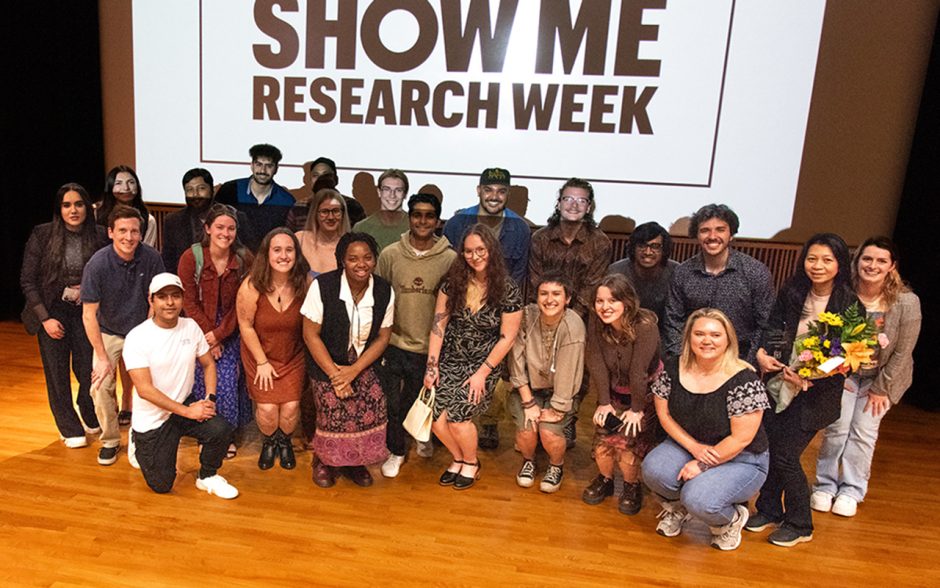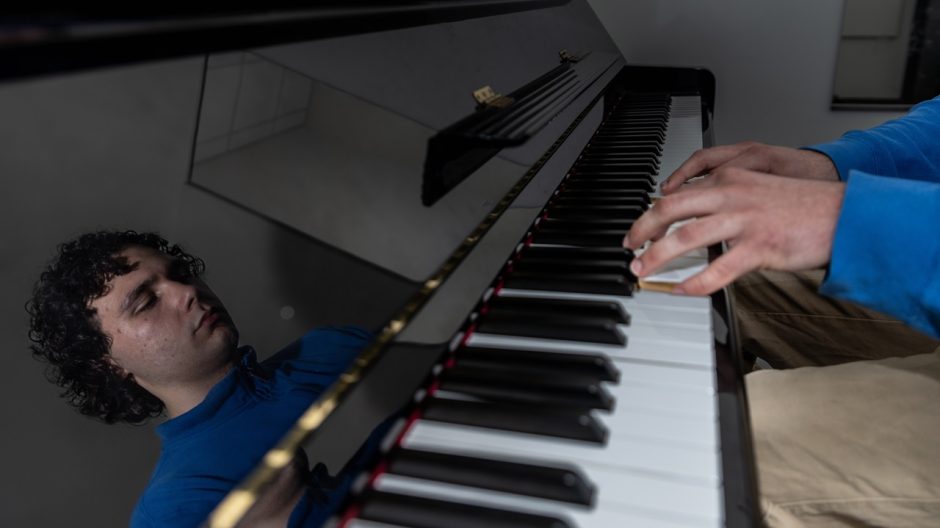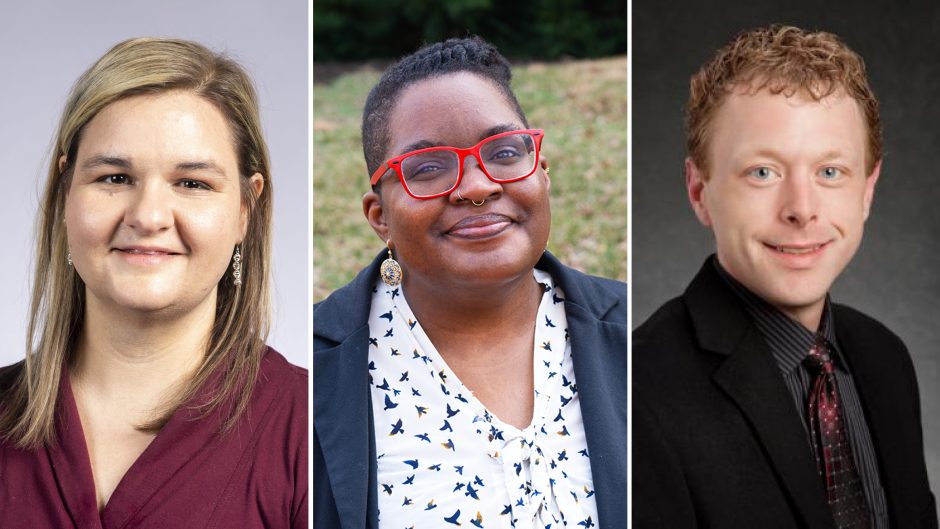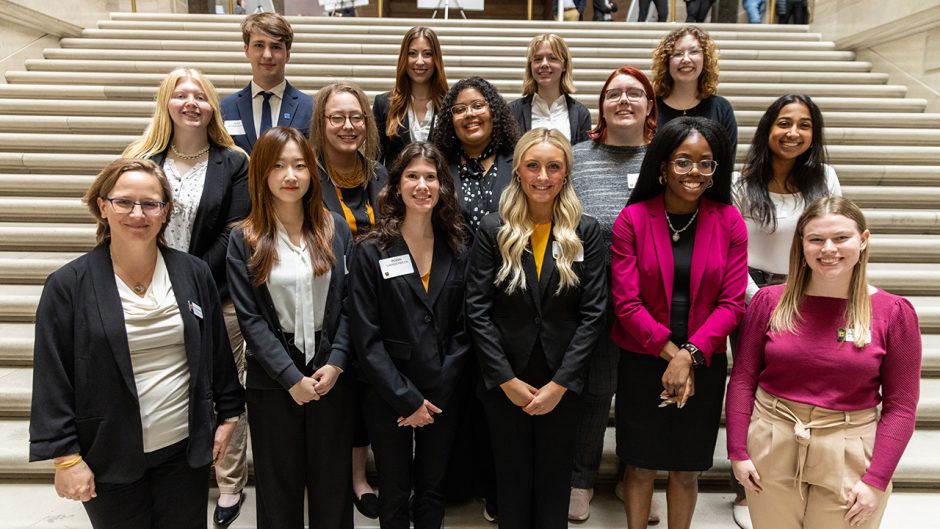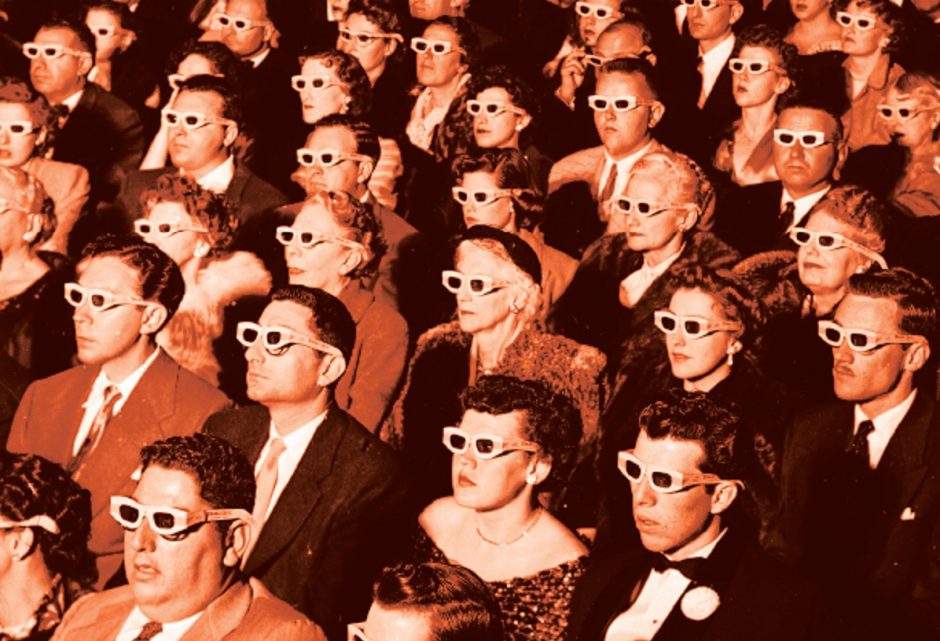
Columbians are preparing to view a total solar eclipse Aug. 21, 2017. The astronomical event coincides with the first day of classes for the fall semester.
On Aug. 21, in the middle of the day, sunlight will turn to pitch blackness during the first total solar eclipse Missouri has seen since 1869. Columbia hasn’t witnessed one since 1442 and won’t have another chance until 2500. That’s why Angela Speck, co-chair for the American Astronomical Society's Solar Eclipse Task Force, has been preparing for this event for the last five years.
Total eclipses, when the moon blocks the sun completely, occur about once a year, says Speck, a professor of astrophysics at Mizzou. However, most occur over bodies of water so few people see the magical moment when only the sun’s outer atmosphere, or corona, is visible to the naked eye.
The 2017 eclipse will black out a 3,000-mile stretch of the continental U.S. from Oregon to South Carolina, temporarily darkening the day of 12 million people. Columbians will have two minutes and 36 seconds to view the event. The longest duration, two minutes and 42 seconds, occurs in Carbondale, Illinois.
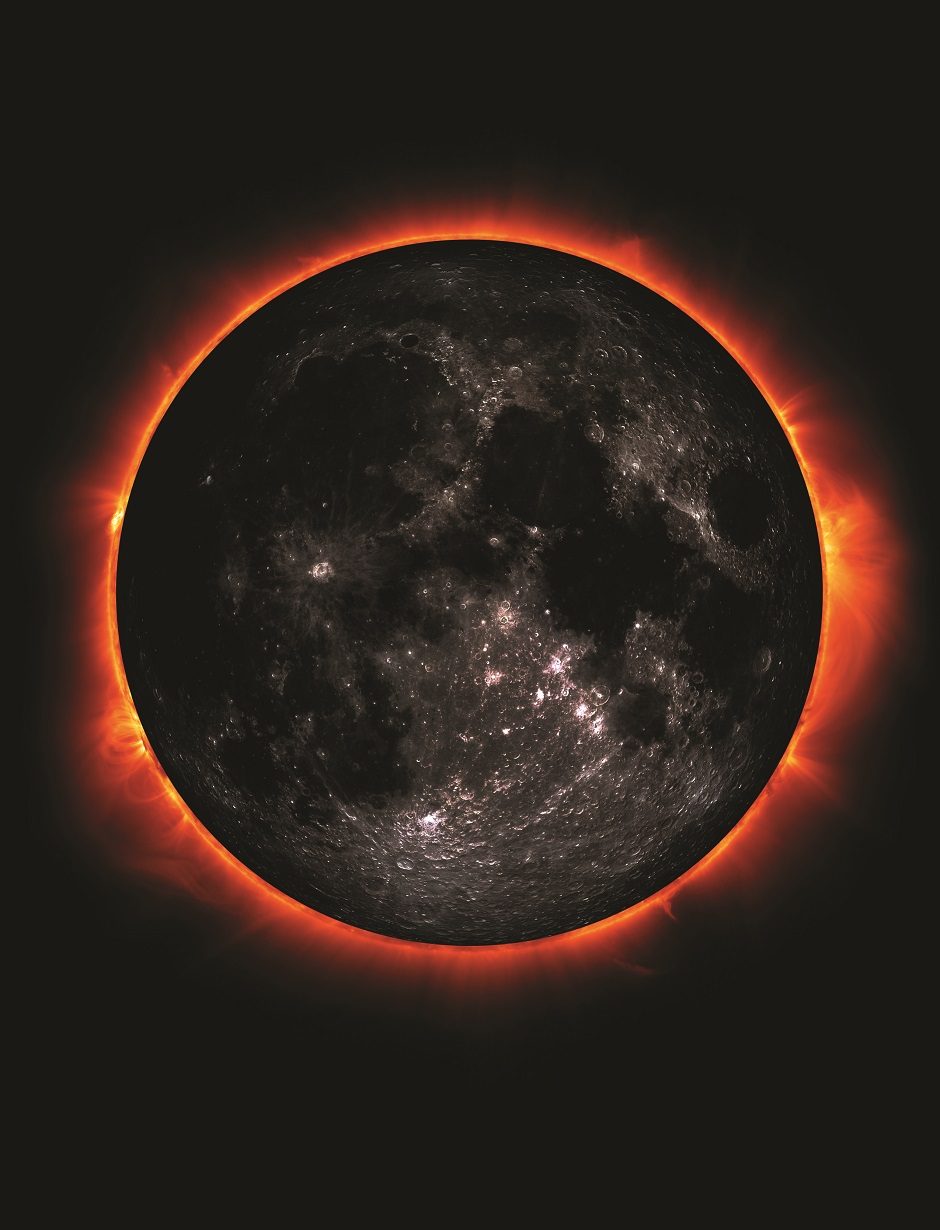
The eclipse, with a total duration of 90 minutes, includes an area of longer duration that falls above Columbia, Missouri. Here, eclipse totality, starting at 1:12 p.m., will last 2 minutes 26 seconds.
>Inclusive Effort
As an AAS Solar Eclipse Task Force co-chair, Speck gets the word out nationwide, especially in states along the path. She has traveled across Missouri preparing schools for the event by teaching kids about the eclipse and boosting educators’ knowledge so they feel confident talking to their science classes. For instance, she recommends using official eclipse eyewear for the best viewing experience.
Engaging the community in citizen science is Speck’s favorite part of eclipse planning. “I want to make sure schools across the country are well enough prepared to have kids involved,” she says. “I’m particularly interested in kids from underrepresented groups because science is often thought of as being expensive, and it can be a big barrier to people getting excited. You can view the eclipse without special equipment,” she says. “So it can be a much more inclusive thing.”
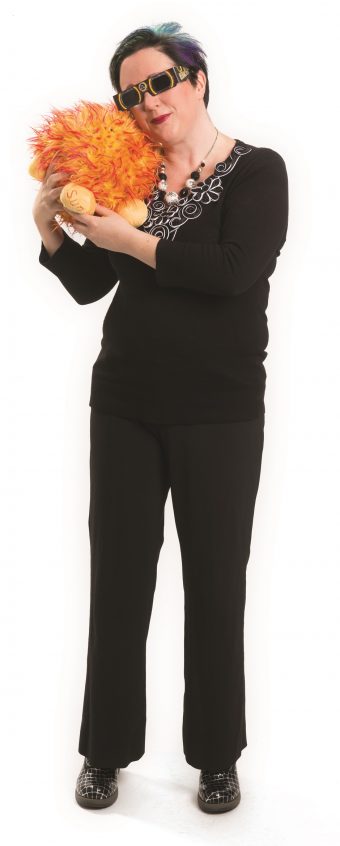
Mizzou professor and astrophysicist Angela Speck is co-chair for the American Astronomical Society's Solar Eclipse Task Force. She has been preparing for the total solar eclipse for five years.
Diligent Preparation
Horror stories of massive crowds and paralyzed cities have convinced Speck to take capacity issues seriously. For instance, her friend from Bangkok, Thailand, drove 40 minutes north of the city to see the 1995 eclipse, but the return trip took 10 hours in heavy traffic. Similarly, in 1991, Mexico closed its border to everyone who didn’t have a hotel reservation because they weren’t prepared to handle the crowd.
Speck is confident that Missouri won’t have major problems. She has met with government groups including the Missouri Department of Transportation and the Convention and Visitors Bureau to ensure that viewers have accommodations and others are aware of potential travel delays. “I’m predicting that we’re going to at least double the population along the path. In Columbia, quadruple,” she says. According to census data, 88 million people nationwide live within 200 miles of the eclipse path, many of whom could hop in a car and drive to view it in the nearest town on the path.
Citizen Science
The AAS task force also works on projects that will help advance science. Citizen CATE, (Continental America Telescopic Eclipse) is a fleet of telescopes that will observe the eclipse at 62 locations in the United States, including Columbia. Cameras attached to the telescopes will capture photographs that, when merged, will create a time-lapse image of the event. A similar project, Megamovie, sponsored by Google and the University of California, Berkley, encourages citizens along the path to take photos and videos of the eclipse and share them. Together, Google and UC Berkley will stitch together pictures they get to make a larger image. “We’ll actually get some science out of [these projects] in the sense that we’ll be able to see how the corona changes over time,” Speck says.
Ready to Go
Speck and her team have big dreams for the eclipse on Aug. 21, which is also the first day of classes at MU. “I really want to get on The Late Show with Stephen Colbert because he’s an astronomy nerd, and it goes through his hometown of Charleston,” she says.
As for where to view the eclipse, Speck says it will be difficult to miss. “As long as there’s not a big tall building in front of you, if you’re looking south, you’re gonna see it.”
Learn more at missouri.edu/eclipse.

